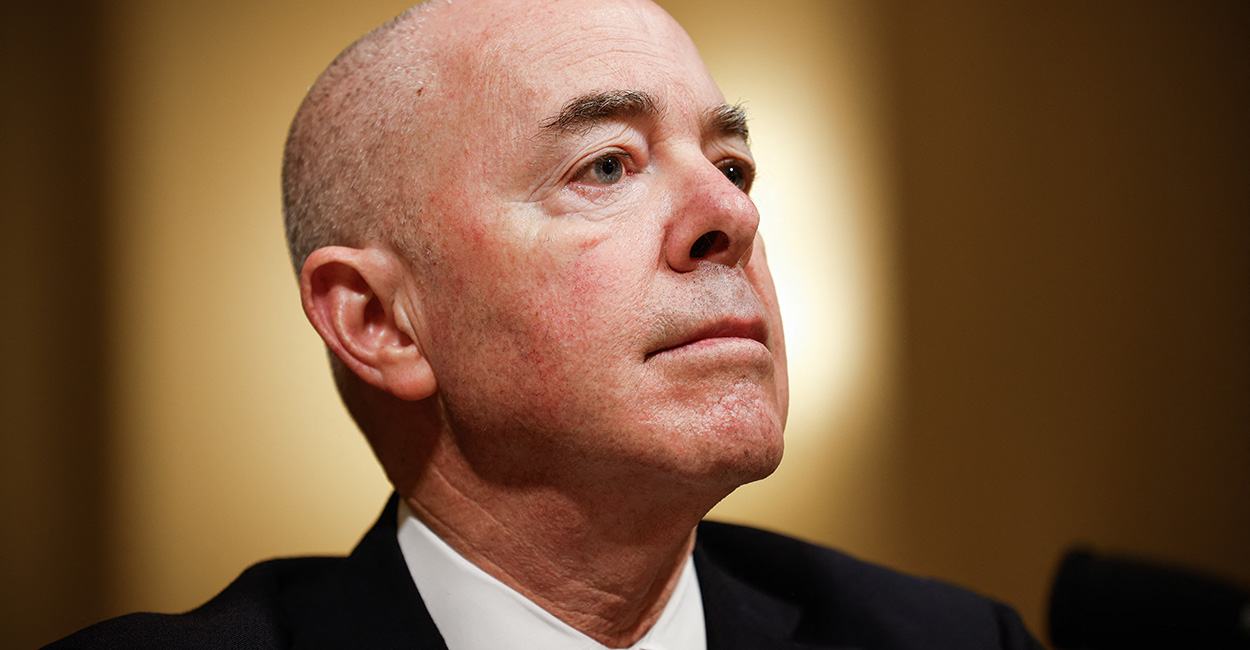California’s K-12 system is a disaster. That won’t change as long as CTA calls the shots.
As a recent news story by the Southern California News Group’s Annika Bahnsen and Teri Sforza notes, “Nearly half high school graduates don’t qualify to apply to a California university.”

As a recent news story by the Southern California News Group’s Annika Bahnsen and Teri Sforza notes, “Nearly half high school graduates don’t qualify to apply to a California university.” That headline was based on data released in January by the state’s Department of Education.
Most importantly, as Bahnsen and Sforza note, this is not a new development: “In the 2016-’17 academic year, 49.5% of graduates statewide left high school with transcripts that might get them into a Cal State or UC school.”
Then consider the most recent standardized test results for the 2022-23 school year. Less than 47% of California students met the state’s own standards on English language arts and less than 35% met the state’s own standards in mathematics. Just about 30% of students met state standards in science.
As with the stagnant percentage of students eligible for admission to state universities, student performance on standardized tests have remained abysmal for years.
There are of course economic disparities at play, with students from higher-income families more likely to pursue a college education and meet state standards. And, of course, a typical college education isn’t for everyone.
But even taking these into account, it is unacceptable that the Golden State’s K-12 education system is leaving so many students ill-equipped for the lives ahead of them. This is especially the case given the enormous level of spending on education, which has been around $23,000 to $24,000 per pupil in recent years.
The lack of innovation and the persistent stagnation is no accident.
For decades, education policy in California has been dominated by one special interest group, the California Teachers Association, which has been one of the biggest spenders in California politics going back to 2000.
We have seen the CTA spike any mention of school vouchers, which are backed by majorities of parents in California (especially Black and Latino parents). We have seen the CTA crush any discussion of even the most modest of education reforms, like tenure reform. And we have seen the CTA systematically crush the charter school movement in California.
School board members and candidates who dare stand up to the CTA and other teachers unions are marginalized, defeated and even recalled. Most state lawmakers don’t dare to cross them. And many with ideas for reforms know that they just don’t even have a chance, so they don’t even try.
Of course there are things school districts can do even within those constraints. From right-sizing their bureaucracies to devote more money to classrooms to securing partnerships with universities or private sector employers to enhance their educational offerings.
But the iron grip of the CTA and other unions must be lifted before we see the sort of changes really needed. The CTA and other public sector unions view the K-12 system as their trough, with student achievement and academic excellence not even a consideration.
Until parents, voters and Democratic elected officials specifically start putting the interests of students ahead of the interests of the unions, California’s education system will continue to be a national disgrace.


















